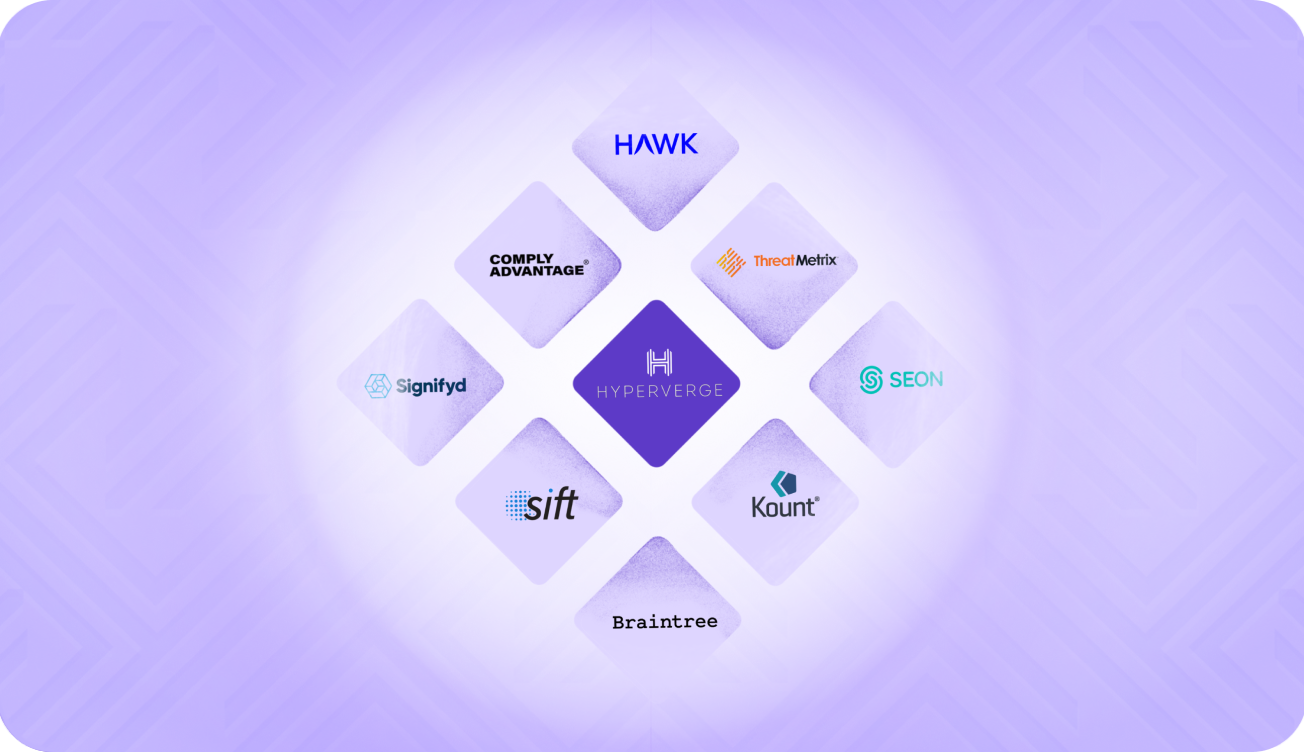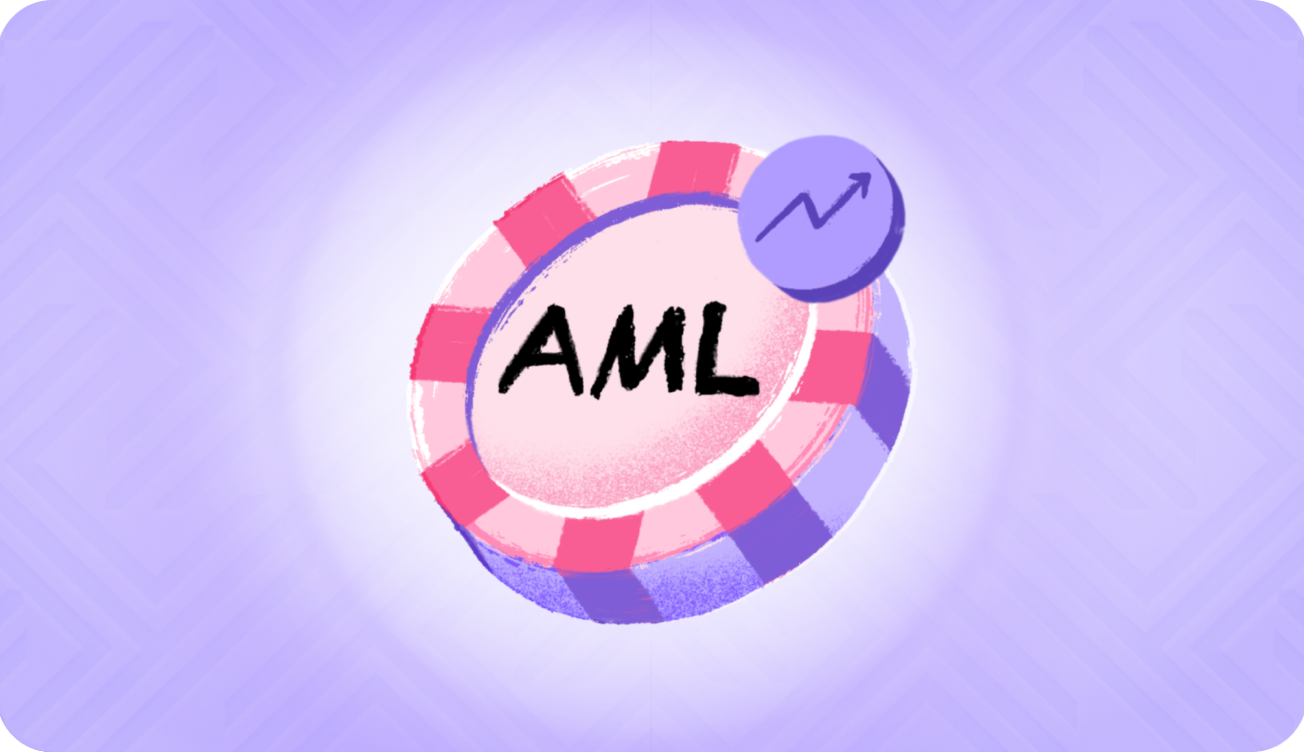Source of Funds (SOF) and Source of Wealth (SOW) are crucial when it comes to Know Your Customer (KYC) and Anti-Money Laundering (AML) procedures. Verifying the legitimacy of wealth and funds plays a significant role in identifying potential financial crimes.
Below, we talk about the best practices for conducting source of funds verification and staying compliant with AML requirements.

What is the Source of Funds (SOF)?
SOF verification helps in figuring out where the person’s money came from. Let us take an in-depth look at how it is beneficial:
- Combating Money Laundering: Criminals often attempt to launder illicit gains through loans. By verifying SOF, businesses can spot red flags and avoid being unwitting accomplices in their schemes.
- Mitigating Risk: Knowing where a borrower’s funds originate aids in assessing their repayment capacity. Financing a venture with legitimate income poses lower risks compared to unexplained funds.
- Preserving Reputation: Involvement in money laundering can tarnish a business’s reputation.
Source of Funds vs Source of Wealth
While they might seem interchangeable, there’s a crucial difference between SOF and Source of Wealth (SOW).
Aspect
Source of Funds (SoF)
Source of Wealth (SoW)
Definition
Refers to the origin of specific monetary resources used in a transaction or business ownership relationship.
Relates to the origin of accumulated wealth over a defined period.
Focus
Specific funds for a particular transaction or relationship.
Overall wealth considering dividends and all income streams contributing to total wealth.
Timeframe
Snapshot at a specific point in time.
Broader view over a significant period.
Examples
– – Personal savings or joint savings. – Employment income. – Sale of assets (real estate, shares). – Inheritance or gifts. – Compensation from legal settlements. – Profits from legitimate business activities or investments.
– Inheritance (family wealth transfer). – Ownership of businesses or investments. – other wealth sources – Employment income (salaries, bonuses, pensions).
Regulatory Compliance Role
Helps institutions comply with due diligence regulatory requirements for specific transactions.
Assists in assessing an individual’s overall risk-based financial profile for AML compliance and legal requirements.
How is the Source of Funds Verification Done?
In AML compliance, understanding the origin of funds is crucial for risk management, anti-money laundering (AML) efforts, and ensuring transparency in financial statements.
Let’s delve into the process of source of funds (SOF) verification. Here’s a breakdown of each step:
1. Collecting Customer Information
The journey begins by gathering relevant details about the customer. This includes personal information, financial history, employment status, and transaction patterns by bank account. The goal is to create a comprehensive profile that aids in assessing the legitimacy of funds.
2. Source Tracing
Source tracing involves determining where a reliable source of the money for a specific transaction or investment originates.
Examples of sources include:
- Salary: Funds saved from regular income.
- Inheritance: Money received from a deceased relative.
- Business Profits: Earnings from a business venture.
By tracing the source of illicit funds, financial institutions prevent money laundering and ensure compliance.
Read more: what is proof of income?
3. Risk Assessment
Assessing the risk associated with a customer’s funds is vital. High-risk financial transactions often demand closer scrutiny. Factors considered include:
- Transaction Amount: Large sums raise red flags.
- Geographical Origin: Funds from high-risk regions warrant extra attention.
- Nature of Business: Certain industries pose higher risks.
- Customer Profile: Unusual behavior or inconsistencies trigger alerts.
Read more: What is AML risk assessment?
4. Enhanced Due Diligence (EDD)
EDD is a deeper level of scrutiny applied to high-risk and higher-risk customers only. It involves:
- Verifying Source Documents: Examining documents like tax returns, bank statements, and legal agreements.
- Interviews: Engaging with the customer to understand their financial activities.
- Third-Party Checks: Investigating connections with other entities.
- Politically Exposed Persons (PEPs): Scrutinizing transactions involving influential individuals.
Read more: What is bank statement analysis?

5. Ongoing Transaction Monitoring
The journey doesn’t end after the initial verification. Transaction monitoring ensures that funds remain legitimate throughout the customer and business relationship in the following ways:
- Automated Systems: Sophisticated software tracks transactions, flags anomalies, and alerts compliance teams.
- Thresholds and Patterns: Unusual activity triggers further investigation.
- Suspicious Activity Reports (SARs): If something seems off, financial institutions file SARs with regulatory authorities.
Best Practices to Verify the Source of Funds
To truly fortify your SOF verification process, consider these key practices:
Document Everything
Meticulous documentation is pivotal for proving due diligence efforts, especially in scenarios where red flags surface post-approval. Good record-keeping is the backbone of a strong SOF process. Here’s why meticulous record-keeping is the backbone of a robust SOF verification process:
- Regulatory bodies may periodically audit your business. Detailed records, meticulously documenting the verification journey, serve as irrefutable evidence of a thorough process.
- Should a dispute arise regarding the legitimacy of funds, documented evidence becomes your shield. It demonstrates a clear audit trail and strengthens your position.
- Maintaining a clear audit trail fosters transparency within your organization.
What to Document?
- All information gathered about the customer:
- KYC (Know Your Customer) documents like ID proof and address verification
- Employment details and income sources, including pay stubs or tax returns
- Bank statements and other financial documents
- The rationale behind your risk assessment: Document your thought process and any decisions made during the verification process. This provides valuable context during audits or internal reviews.
Use Advanced AI Technology to Automate the Process
Manual verification of documents and financial records can be a time-consuming and error-prone task. This is where AI steps in, offering a powerful boost to your SOF verification process:
- Enhanced Efficiency: Imagine having a tireless AI assistant handle repetitive tasks like analyzing documents, extracting data from bank statements and invoices, and even scoring applications based on pre-set criteria. This frees up your team to focus on the trickier cases that require a human touch and good old-fashioned judgment.
- Improved Accuracy: AI algorithms are like data ninjas – they can sift through mountains of information with laser focus, way more than any human ever could. This means fewer mistakes and a more consistent application of verification procedures across the board.
- Consistent Application: AI enforces consistent application of verification procedures across the board, reducing the chances of bias or subjectivity creeping into the process. This strengthens the overall integrity of your SOF verification.
Examples of AI Applications in SOF Verification:
- Optical Character Recognition (OCR): OCR technology extracts data from scanned documents like bank statements and invoices with remarkable accuracy, eliminating the need for manual data entry.
- Entity Verification: Confirming the legitimacy of businesses and individuals mentioned in financial documents. This helps identify potential risks associated with shell companies or fictitious entities.
- Transaction Monitoring: AI algorithms can identify suspicious activity patterns within a borrower’s financial history. This could include sudden large deposits, frequent international transactions, or inconsistencies with declared income sources.
Ensure the Sources of Information are Reliable and Updated
The quality of your verification process hinges on the information you use. Here’s why reliable and up-to-date sources are the foundation of credible SOF verification:
- Accurate Risk Assessment: Outdated or inaccurate information can lead to flawed risk assessments. This could expose your institution to financial crime or result in the rejection of legitimate borrowers.
- Compliance with Regulations: Regulatory bodies often set specific requirements for the type of information used in AML verification. Using reliable sources ensures compliance with these regulations and avoids potential sanctions.
- Credibility: Building Trust Through Strong Verification Methods Verifying information through established and trusted sources strengthens the credibility of your due diligence efforts. It demonstrates a commitment to robust AML practices and inspires confidence in your institution.
Examples of Reliable Information Sources:
- Reputable Financial Institutions: Verifying income sources directly with the borrower’s bank or employer through secure channels. This provides a direct line to the source of funds and minimizes the risk of manipulation.
- Government Databases: Cross-checking information against national identification databases and company registries. This helps verify the legitimacy of businesses and individuals involved in the loan transaction.
- Sanctions Lists: Screen borrowers against international sanctions screening lists to avoid any risks associated with those on the list. This helps you follow regulations and avoid financing illegal activities.
By embracing these top-notch practices, you can establish a sturdy and streamlined SOF verification mechanism that shields your financial institution further from financial malfeasance while ensuring seamless operations. Remember, a robust SOF verification process isn’t merely about ticking compliance boxes; it’s about fostering trust.
Read more about loan origination and loan origination software
AML Compliance made easy

HyperVerge is here to simplify your life! Our cutting-edge AI technology makes AML compliance a breeze, including solutions for:
- Global sanctions and watchlists check
- Politically Exposed Person (PEP) screening
- Adverse Media Check
- Risk assessment and continuous monitoring
Discover how HyperVerge’s AML screening solution can empower your business. Prepared to take charge of your AML compliance? Sign up today!

















